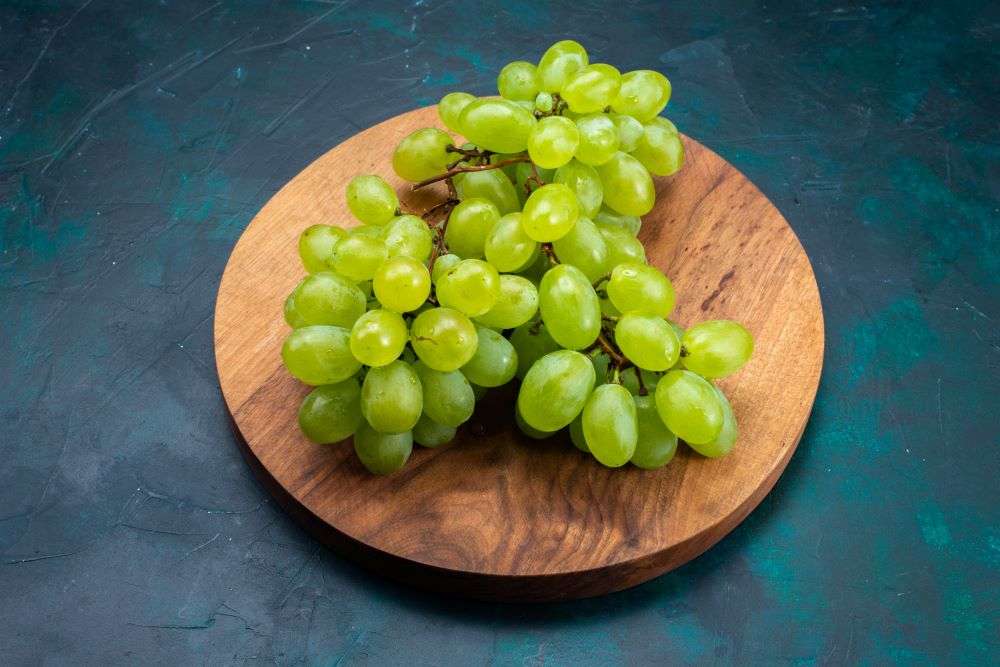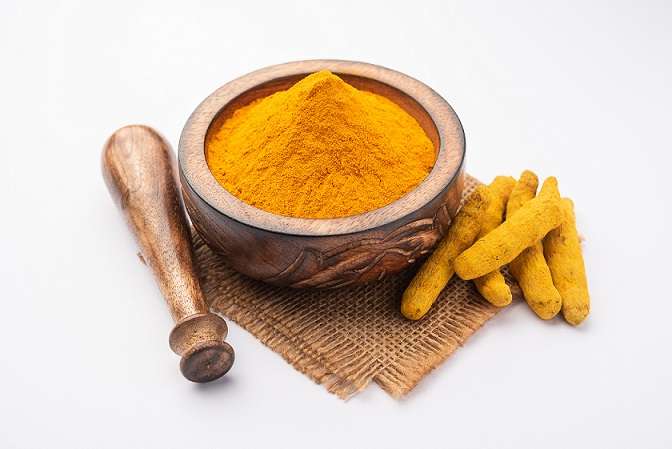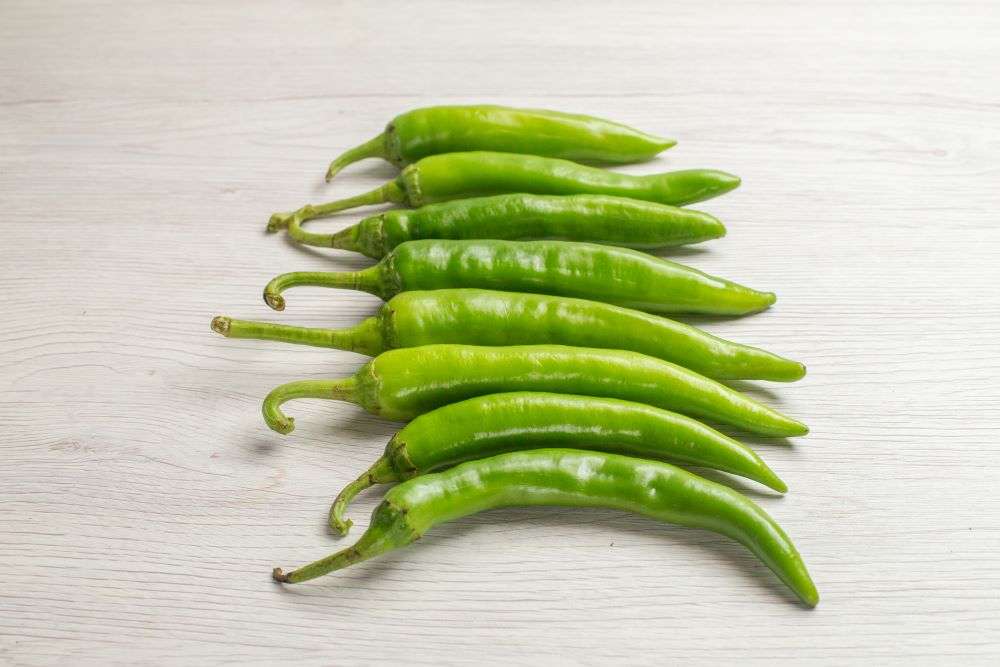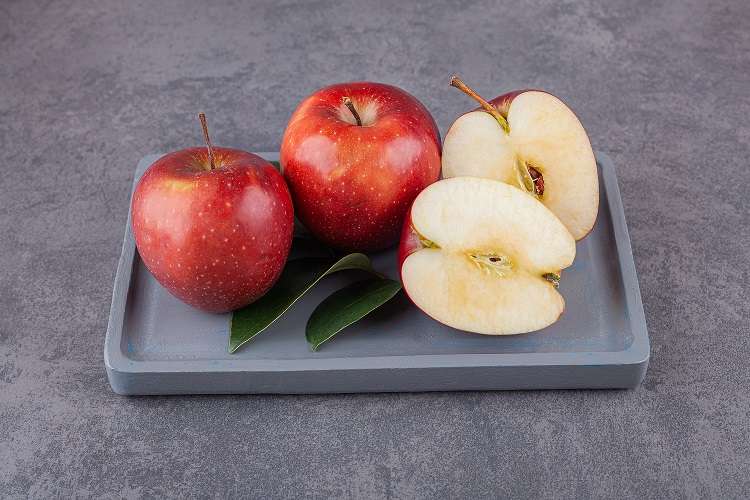Grapes, one of the most cherished fruits globally, have a fascinating journey from the vineyard to the international market. In India, grape cultivation is a labor-intensive process that requires meticulous planning, care, and expertise. This blog explores the intricate process of grape cultivation, the challenges faced by farmers, and how India has emerged as a significant exporter of high-quality grapes.
Cultivation: The Foundation of Quality Grapes
The process begins with selecting the right variety of grapes, which depends on the climate, soil type, and market demand. Popular varieties in India include Thompson Seedless, Sonaka, and Sharad Seedless. The vineyards are prepared by testing the soil for nutrients and ensuring proper drainage.
Planting is done during the monsoon season to take advantage of natural rainfall. Farmers use trellising systems to support the vines, allowing them to grow vertically and receive adequate sunlight. This setup is crucial for photosynthesis and fruit development.
Specific Techniques in Grape Cultivation
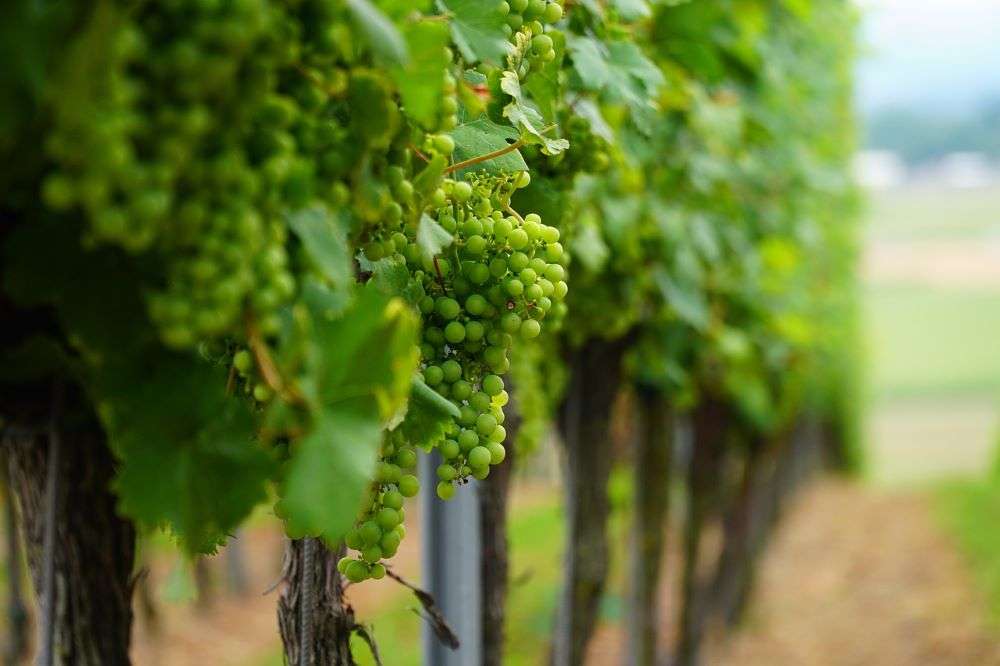
To ensure optimal growth and high yield, farmers adopt the following techniques:
- Soil Preparation and Testing: Soil is tested for nutrients, pH levels, and water retention capacity. Amendments such as organic matter are added to improve fertility.
- Trellising Systems: Structures like pergolas or vertical trellises are used for vine support, maximizing sunlight exposure and air circulation.
- Drip Irrigation: This method minimizes water wastage and ensures consistent moisture levels directly at the roots.
- Pruning: Regular removal of excess shoots and leaves allows the vines to focus energy on fruit production.
- Integrated Pest Management (IPM): Biological solutions, such as neem oil and natural predators like ladybugs, are employed to control pests.
- Harvest Timing: Farmers use tools like refractometers to measure sugar levels (Brix) in the grapes and ensure they’re picked at the perfect stage of ripeness.
These advanced techniques help Indian grape growers maintain the balance between tradition and innovation.
Encouraging Repeat Crops: Reusing Grape Plants
One of the remarkable aspects of grape cultivation is the ability to harvest multiple crops from the same plant. After the first harvest, farmers undertake the following steps to prepare the vines for the next cycle:
- Post-Harvest Pruning: After the grapes are harvested, old or damaged shoots are pruned to encourage new growth. This ensures that the plant focuses its energy on producing fresh shoots and fruit.
- Soil Replenishment: Nutrients are replenished in the soil through organic compost or fertilizers to prepare for the next growing season.
- Canopy Management: Proper canopy shaping is done to allow sunlight and air circulation for the new growth cycle.
- Pest and Disease Monitoring: Regular inspections ensure that the plant remains healthy, free from pests or diseases that could impact the next crop.
- Irrigation and Nutrient Management: Drip irrigation systems continue to provide consistent moisture while fertilizers are supplied at appropriate intervals.
By following these steps, grape plants can yield high-quality fruit for several consecutive years, making grape farming both sustainable and cost-effective.
Challenges in Grape Cultivation
Grape cultivation is fraught with challenges. Pests and diseases like powdery mildew, downy mildew, and mealybugs can devastate crops. Farmers must use integrated pest management practices to protect their vineyards. Additionally, unpredictable weather conditions, such as unseasonal rains or extreme heat, can affect the yield and quality of grapes.
Water management is another critical aspect. Grapes require a consistent water supply, but overwatering can lead to root rot. Drip irrigation systems are commonly used to provide precise amounts of water to the plants.
Harvesting: The Culmination of Hard Work
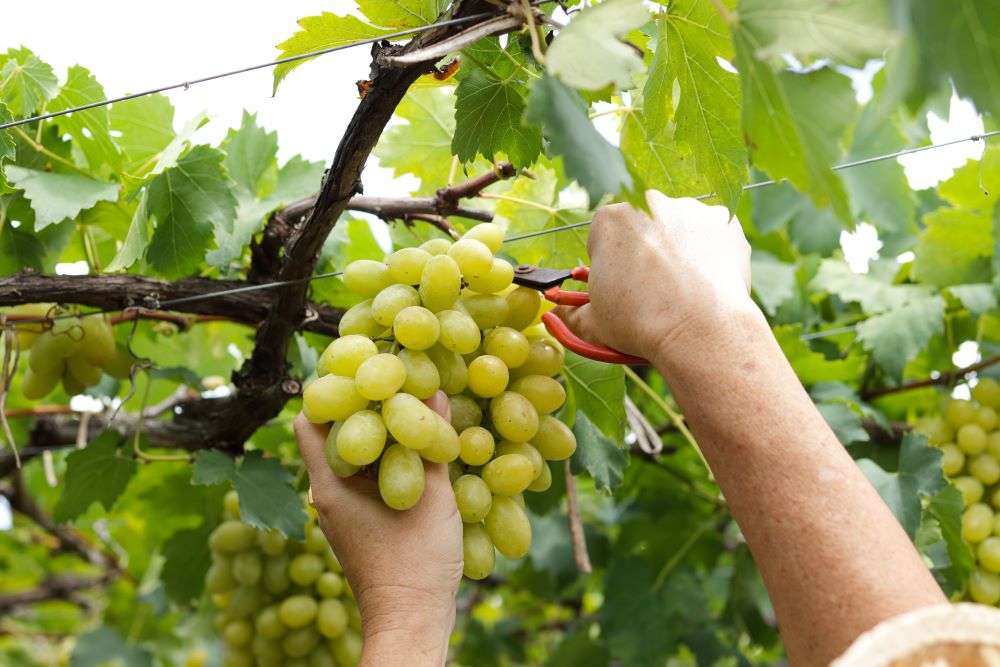
Harvesting is a delicate process that requires careful timing. Grapes are handpicked to avoid damage, and only the best bunches are selected for export. The harvested grapes are then sorted, cleaned, and packed in temperature-controlled facilities to maintain their freshness.
The Export Journey
India’s grape export season typically runs from January to March. The grapes are transported in refrigerated containers to ensure they reach international markets in pristine condition. Europe is the largest market for Indian grapes, accounting for a significant portion of exports.
The Agricultural and Processed Food Products Export Development Authority (APEDA) plays a crucial role in promoting grape exports. They ensure that Indian grapes meet international quality standards through rigorous testing and certification processes.
The Netherlands continues to be a major destination for Indian grapes. In 2023, India’s grape exports to the Netherlands were valued at approximately $129.7 million, underscoring the strong trade relationship between the two countries. However, the overall export volume to Europe may be impacted by the shorter season and reduced yields.
– Trading Economics
Indo Foods Export: A Beacon of Quality
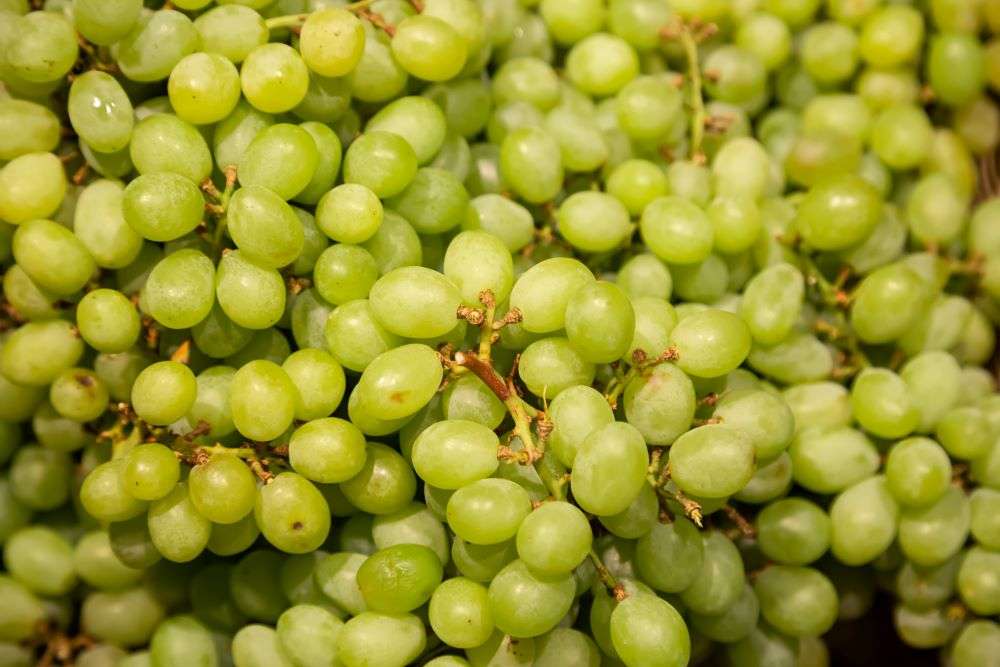
Indo Foods Export has established itself as a leading exporter of premium-quality grapes. Our commitment to quality and sustainability has earned us a reputation in international markets. By adopting advanced farming practices and leveraging technology, Indo Foods Export ensures that our grapes meet the highest standards.
The journey of grapes from cultivation to export is a testament to the dedication and resilience of Indian farmers. Despite numerous challenges, India continues to shine as a global leader in grape production and export, bringing the taste of its vineyards to tables worldwide. The sustainability of reusing grape plants for multiple harvests further solidifies India’s position in the global grape industry.

